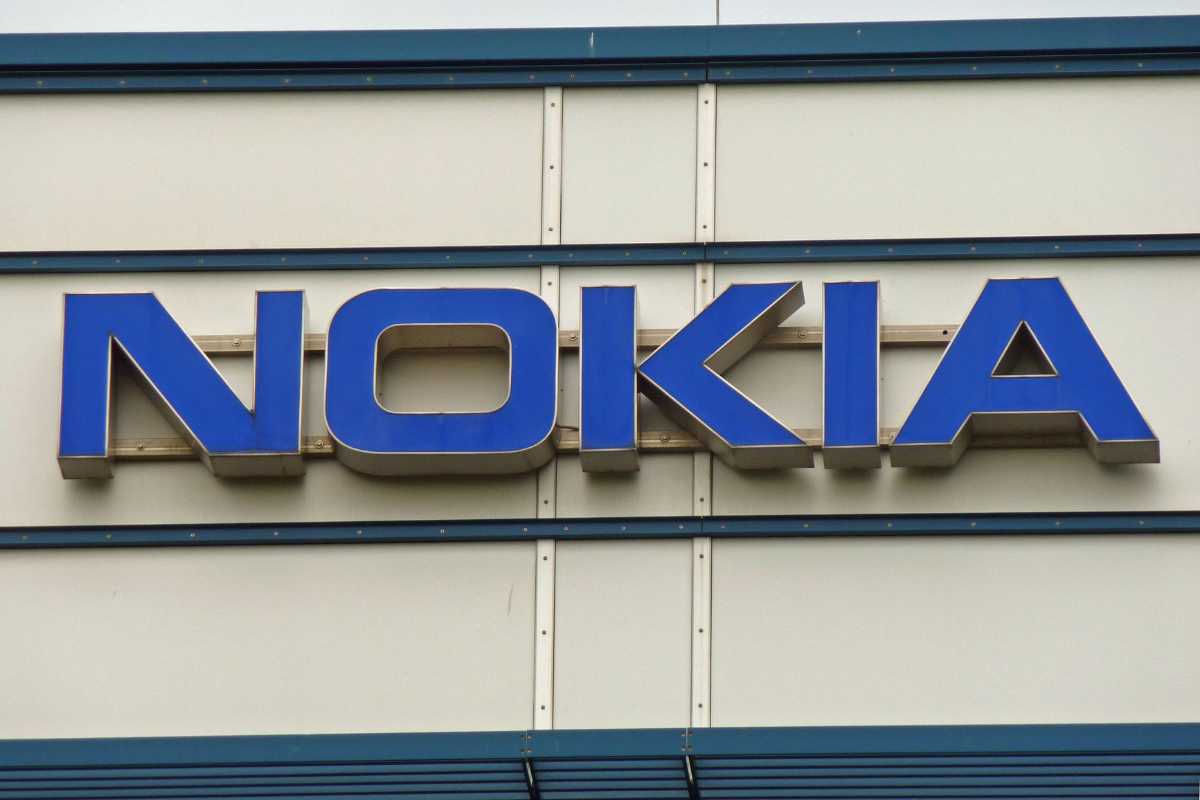
Proximus, a leading provider of fixed broadband networks in Belgium, is now equipped with Finnish telecom gear maker Nokia’s 25G Passive Optional Network. A Passive Optical Network or PON is a telecommunications technology based on fibre-optic used for delivering broadband network access to end consumers. This deployment of PON in Proximus makes it the fastest live fibre network deployment to date. According to an official statement, network speeds of more than 25Gbps will be achieved using this technology. Havenhuis building in the Port of Antwerp is now connected with the Promus central office using the 25G PON live network.
All about Nokia’s 25G Passive Optical Network
The world’s first 25G PON Network will be powered by Nokia’s Quillion chipset. The Quillion chipset supports three generations of PON technologies. The chipset was launched last year and has been adopted by 100 operators since then. Nokia’s President of Network Infrastructure, Federico Guillén, has said that all the operators that have deployed the Quillion based GPON and XGSPON solutions can now easily upgrade to 25G PON.
Proximus Achieved a Technological Leap Forward with Nokia: Proximus CEO
Guillaume Boutin, CEO of Proximus, stated that the activation of the first 25G PON network worldwide shaped Proximus’s bold ambitions to become a trendsetter to become a reference operator in Europe and, eventually, the world. He added that Proximus had achieved a technological leap forward with Nokia. This leap will become a key enabler of the digital economy and society that their company stands for. An official statement also added that Proximus currently holds a market share of 45.9% in Belgium. By 2028, the network provider aims to reach at least 70% of homes and businesses.
Federico Guillén from Nokia also commented on the deployment of their 25G PON Network by saying that Nokia is Proud to support Proximus in enabling the world’s first 25G PON Network that is powered by Nokia’s Quillion Chipset. The Research Director for Fiber Networks at Analysys Mason, Rupert Wood, also commented on the project by noting that this next evolution in fibre technology will provide organisations with 10Gbps connectivity. It will also provide the capacity needed to support 5G transport and future next-generation services like Virtual Reality (VR) and real-time digital twins.















